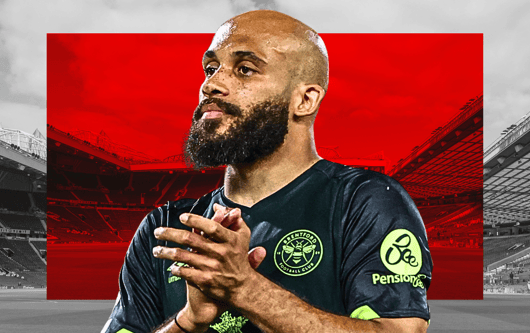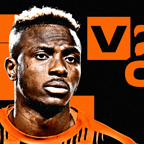-
Analysis
- 29 minutes ago
David Datro Fofana: Chelsea’s €10m signing hoping to be the next Drogba
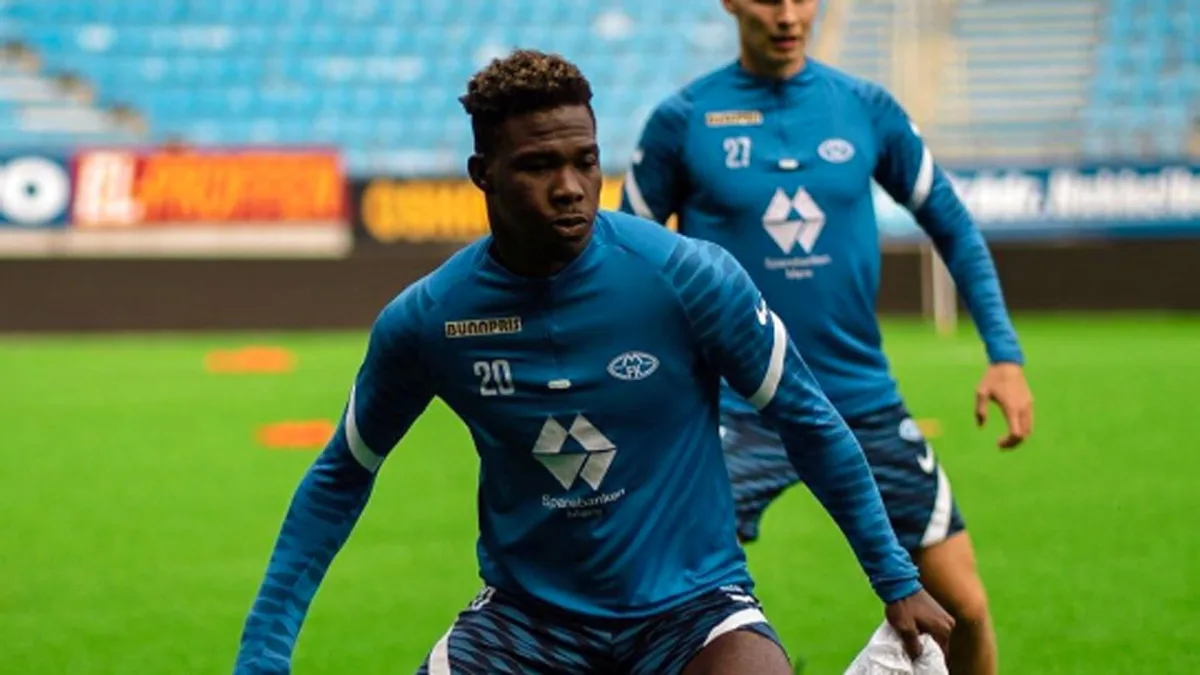
Since Todd Boehly’s Chelsea takeover, the club’s transfer policy has undergone what many are calling a ‘youth revolution’. Alongside making signings to strengthen the first-team squad, the Blues made a number of additions to their youth ranks last summer by bringing in the likes of Cesare Casadei, Omari Hutchinson and Gabriel Slonina.
Now Chelsea enter the January transfer market thinking along similar lines, with 19-year-old striker David Datro Fofana poised to arrive from Molde. The young Ivory Coast international won the Norwegian top-flight in 2022 and ended the season as their top scorer with 15 league goals from just 1678 minutes played.
That is an impressive return for a teenager who only left the country of his birth a couple of years ago, when he joined Molde after two seasons with Ivorian Ligue 1 side AFAD. At the time, he was reportedly being watched by French clubs like Strasbourg and Angers, who even made offers for him in 2020, but he ended up moving to Norway at the end of his contract in 2021.
Fofana did not get much game time in his first season, playing just over 300 Eliteserien minutes and failing to get on the scoresheet, but he has since exploded, doing so well that Chelsea have made a move.
Indeed, he is now set to follow in the footsteps of is country’s greatest striker, Didier Drogba, by joining the Blues. If he has half the impact of Drogba at Stamford Bridge, he will have had a very fine time of it indeed - and the potential is clearly there.
What position does Fofana play at Molde?
Molde predominantly used a 3-5-2 formation in 2022, where Fofana was deployed on either side of the front line. A model from data analytics experts SciSports suggests he has operated in a role that is something between a poacher and mobile striker. His activity is spread out all over the pitch, but there are no major clusters on his heatmap except in and around the box.
That is a sign of the fact that his on-ball involvement is relatively low, which is backed up by the fact that he had the second-lowest average of passes completed per 90 for Molde in the latest Eliteserien season, managing fewer than even the goalkeeper.
However, when he did get the ball, Fofana made things happen. His percentile chart from the season showcases his impressive shooting statistics, high-quality chance creation and dribbling ability.
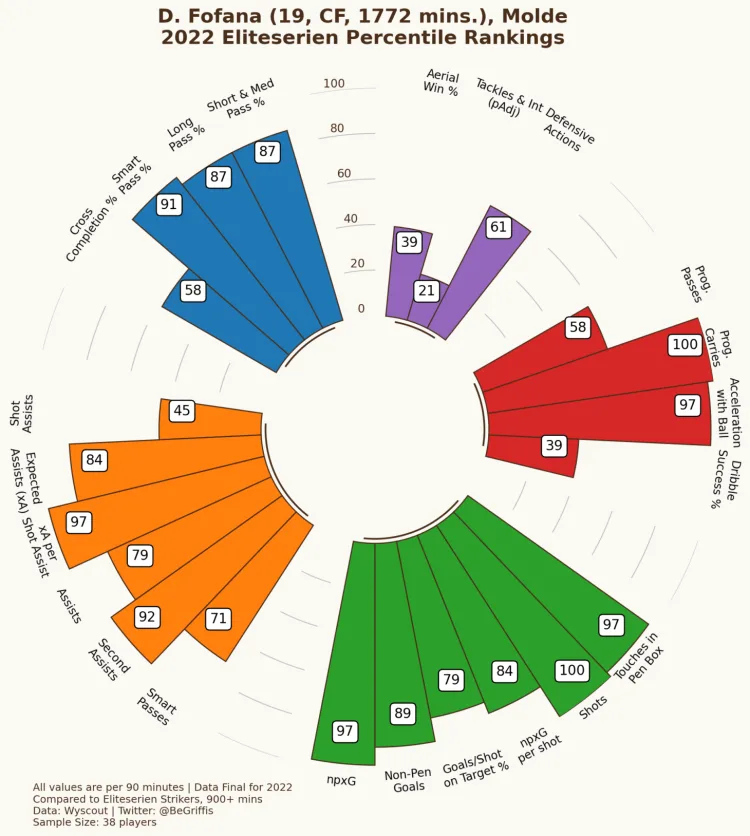
Let us first focus on the 19-year-old striker’s dribbling. As a striker, of course, he does regularly get the opportunity to take a defender one-on-one as a winger would, but he does often try to spin away from the player following him when drops deep or drifts out wide. He also often looks to get away from opponents inside the box, which often leads to a loss of possession, but looks good when it comes off. His close control is good, so that proves handy in such instances.
For. Et. Mål.
🔥 pic.twitter.com/33Sa7fGcqA— Molde Fotballklubb (@Molde_FK) October 31, 2022
When he does pick up the ball in deeper areas of the pitch, his first instinct is to drive forward with it and get as close to the goal as possible, aided by his pace. This is why his progressive carrying numbers looked very impressive in the above percentile chart.
Forarbeidet fra Fofana, og avslutningen fra Linnes! 🤩
En deilig matchvinnerscoring i Haugesund! Nå rettes fokuset mot torsdagens viktige Playoff-kamp i Østerrike! Kom igjen Molde! 💙 pic.twitter.com/y4r7fT4tL2— Molde Fotballklubb (@Molde_FK) August 23, 2022
The previous clip also gave us a peek at Fofana’s chance creation. He only averaged 1.2 key passes per match in the league this season, but created the joint second-highest number of big chances in the squad with 8.
Goalscoring and box threat
Undoubtedly, Fofana’s greatest strength is goalscoring, which is what you would expect from most good strikers. His playing style contributes to this, as he tends to stay as high as possible on the shoulder of the last defender when his team is attacking. This means that most of the shots he attempts are from good positions.
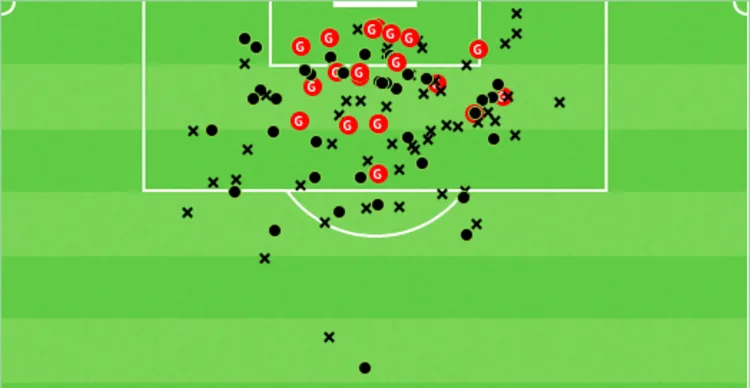
He does not score too many spectacular goals, instead focusing on getting on the end of crosses and cut-backs for tap-ins. Again, his positioning and pace play a part for this.
2-0 scoringen fra helga! 😍
Kristoffer Haugen ➡️ David Datro Fofana 🔥
Helt middels feiring. pic.twitter.com/XhySz2L7MP— Molde Fotballklubb (@Molde_FK) June 21, 2022
Fofana’s off-ball movement is not outstanding and he does not constantly trouble defenders inside the box to the degree that someone like Goncalo Ramos does, but he does have a knack of picking up good positions between defenders that make him hard to mark.
Innlegget fra Magnus og headingen fra Fofana! 😍
Denne kan vi godt se igjen! pic.twitter.com/Kzw5cYTShC— Molde Fotballklubb (@Molde_FK) June 1, 2022
One of the more promising and already polished aspects of his penalty box threat is his ability to create small openings to fire shots away himself. His close control, dribbling and quick acceleration contribute to this skill.
Ballen fra Karlstrøm og avslutningen fra Fofana! 🥰
I dag er det duket for storkamp på Aker Stadion når Bodø/Glimt kommer på besøk! Du kommer ja?
🎟 https://t.co/7UYwgietiW pic.twitter.com/7T6IQleY7G— Molde Fotballklubb (@Molde_FK) May 29, 2022
Future at Chelsea
Chelsea do need a striker as Kai Havertz continues to struggle in the role. They signed Pierre-Emerick Aubameyang from Barcelona this summer, but he has made just six appearances and only scored once in the Premier League. Their only other senior striker, Armando Broja suffered an ACL injury that has ruled him out for the rest of the season.
Ideally, Chelsea would like to sign a player capable of being their first-choice striker immediately, but Fofana is not that. He certainly has the potential to compete for that position in the future, but picking him from Eliteserien and dropping him straight to the English Premier League would not be a wise call.
At the same time, Fofana probably will not want to spend too much time with the youth teams as Casadei and Hutchinson have been doing. He has already been playing at the top-flight professional level for a number of years now, so he will want to continue doing so. In order for that to happen, the best short-term option would be a loan. Preferably, his destination would be a club with a good track record of youth development in a non top-five European league, but a step up from Eliteserien.

